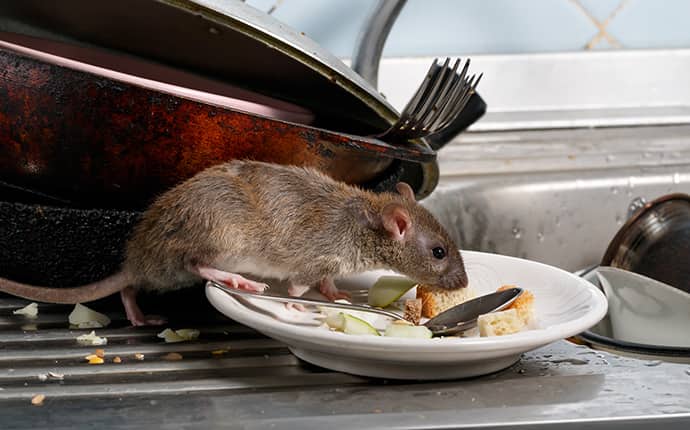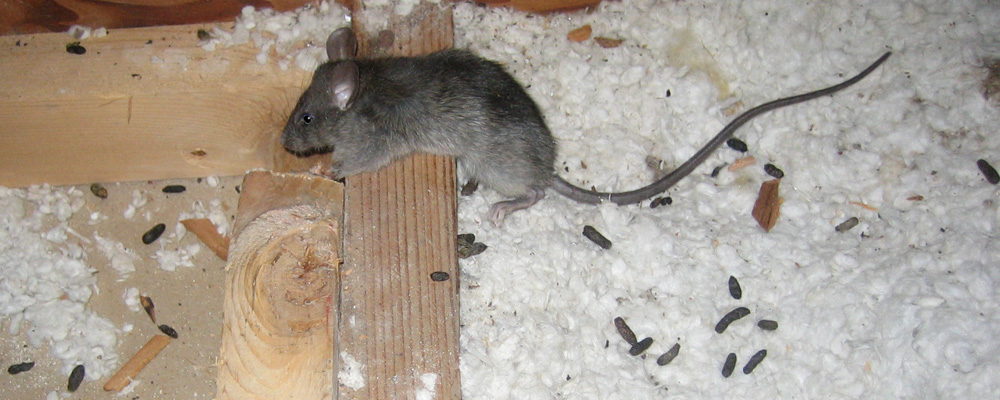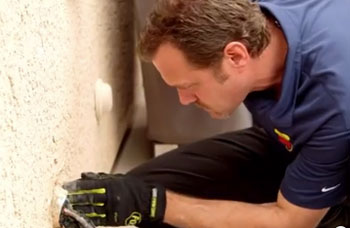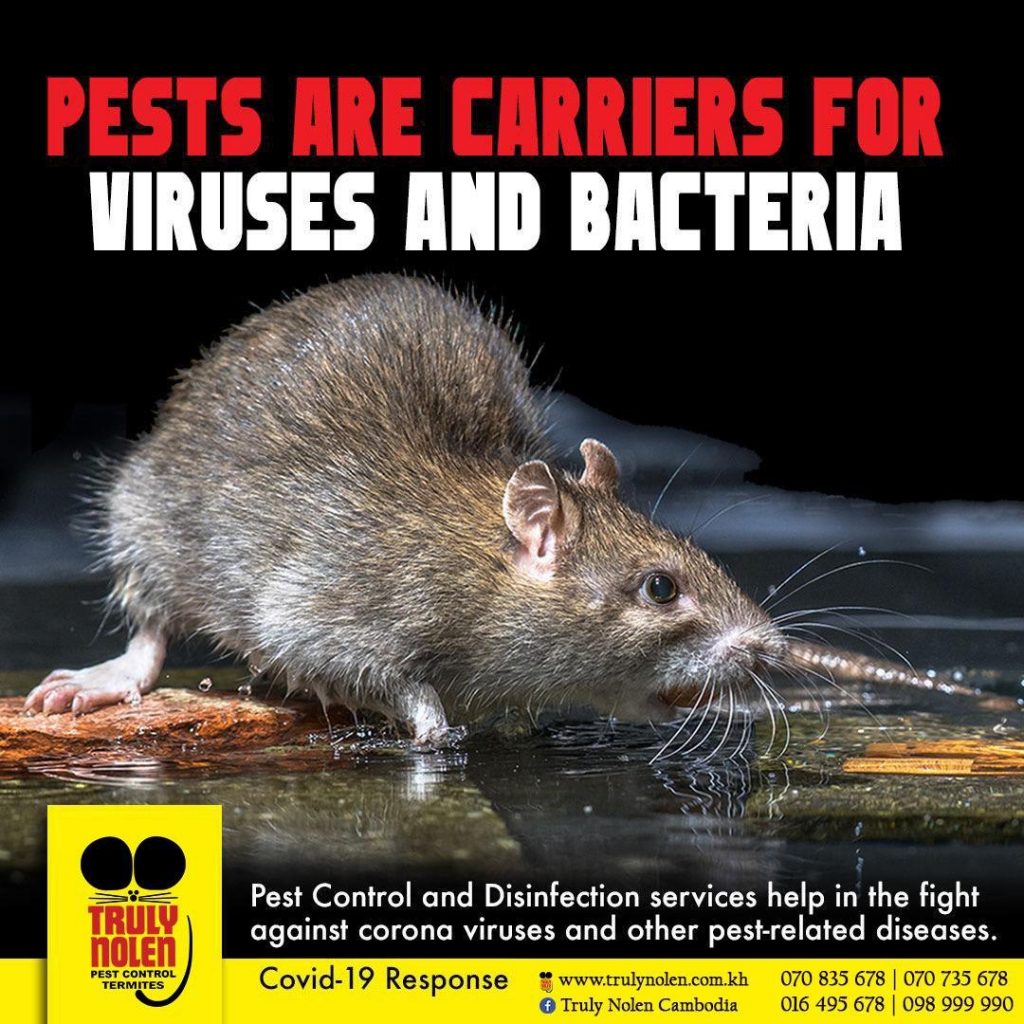Global- With many restaurants and other businesses closed due to COVID-19, rats are on the move in search of new food sources not only world’s issues but also for Cambodia’s.
The closures, combined with physical distancing keeping many people at home, have resulted in less garbage being left on the streets and in dumpsters, removing the major source of food for rats and forcing them to scrounge elsewhere — including your home and some operating businesses.

The reservoir, or host, of the Lassa virus, is a rodent known as the “multimammate rat” (Mastomys natalensis). Once infected, this rodent is able to excrete the virus in urine for an extended time period, maybe for the rest of its life. Mastomys rodents breed frequently, produce large numbers of offspring, and are numerous in the savannas and forests of the west, central, and east Africa. In addition, Mastomys readily colonize human homes and areas where food is stored. All of these factors contribute to the relatively efficient spread of the Lassa virus from infected rodents to humans.

Transmission of the Lassa virus to humans occurs most commonly through ingestion or inhalation. Mastomys rodents shed the virus in urine and droppings and direct contact with these materials, through touching soiled objects, eating contaminated food, or exposure to open cuts or sores, can lead to infection. Because Mastomys rodents often live in and around homes and scavenge on leftover human food items or poorly stored food, direct contact transmission is common. Mastomys rodents are sometimes consumed as a food source and infection may occur when rodents are caught and prepared. Contact with the virus may also occur when a person inhales tiny particles in the air contaminated with infected rodent excretions. This aerosol or airborne transmission may occur during cleaning activities, such as sweeping.
Direct contact with infected rodents is not the only way in which people are infected; person-to-person transmission may occur after exposure to the virus in the blood, tissue, secretions, or excretions of a Lassa virus-infected individual. Casual contact (including skin-to-skin contact without exchange of body fluids) does not spread the Lassa virus. Person-to-person transmission is common in health care settings (called nosocomial transmission) where proper personal protective equipment (PPE) is not available or not used. Lassa virus may be spread in contaminated medical equipment, such as reused needles.
What you need to avoid from this issue is to make your home free of food sources (Water and Food), remove harborages or where rodents can hide and live, close all rodent entrances, and sanitize to make everywhere clean. If you are not confident to control it, contact your local pest control professional for inspection and provide proper rodent control for your home and business.








